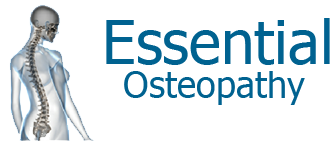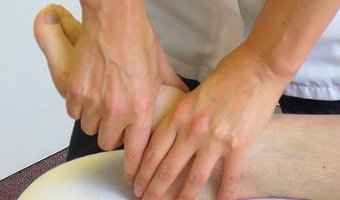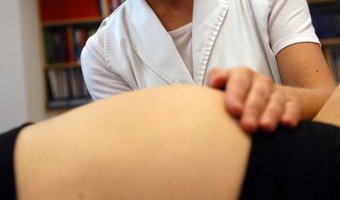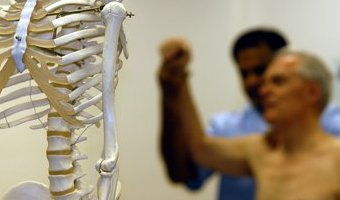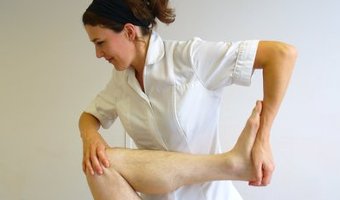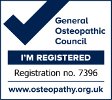Hypermobility and Osteopathy
Hypermobile patients can either have the condition from early life, sometimes as a result of soft-tissue (collagen, elastin, fibrillin and tenascin) deficiencies, or it can be a result of extensive involvement in activities which repetitively stretch certain joints and muscles a great deal perhaps without doing much strength training – as with ballet, gymnastics and yoga for example.
Common features of hypermobility are:
- Females are more mobile than males and mobility varies between different ethnic groups (Asians are affected more than Europeans). Mobility decreases with age.
- Hypermobility can be inherited or acquired e.g. through repeated shoulder joint dislocation
- Musculoskeletal regions commonly affected include the achilles tendon, patellofemoral joint, rotator cuff, elbow and cervical and lumbar spine
- Hypermobile individuals may suffer from clicking, spondylolithesis and pars fractures
- Hypermobility is a risk factor for the development of early Osteoarthritis
- Fibromyalgia is commonly diagnosed in individuals with hypermobility
Hypermobile patients can be treated effectively by Osteopaths with the emphasis being on encouraging the development of core strength and the increased stability of their muscles and joints through exercise such as pilates. However, the practitioner must make sure that the patient goes to a class with a good instructor who checks that the patient is doing each movement correctly. Postural awareness training such as the Alexander Techniques can also be beneficial.
